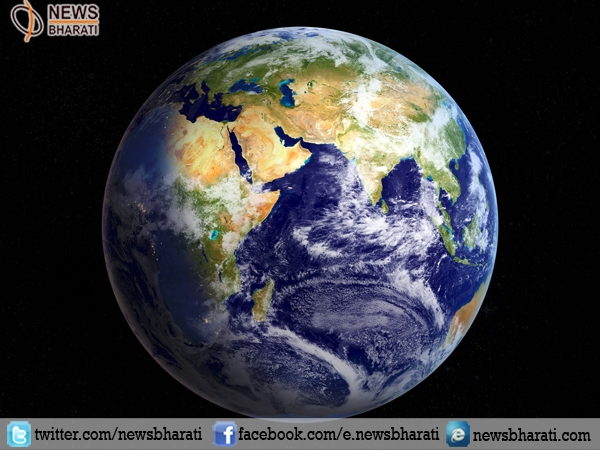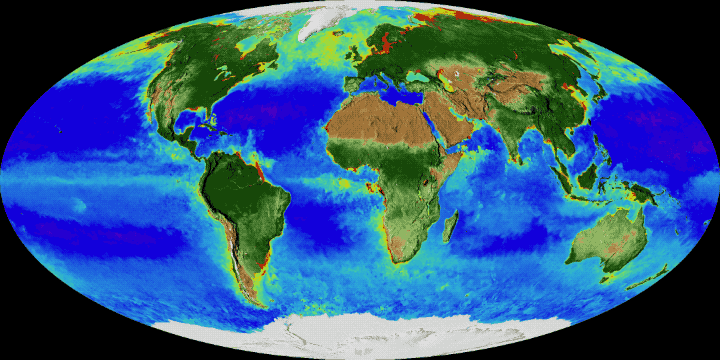That’s our Earth: It’s breathing every single day from seasons to seasons
New Delhi, November 18: Our Earth has been constantly under the eyes of our ‘NASA’. NASA has been continuously been sharing stories and videos about our home planet and the search for life elsewhere. But this time, NASA has shared a new time-lapse animation that captures 20 years’ worth of the planet’s changing land and ocean life as seen from the Sea-viewing Wide Field-of view Sensor (SeaWiFS), which launched in 1997.

The data is invaluable to researchers, but the time-lapse imagery also provides us with a breathtaking visualisation of Earth's most unique characteristic life.
The Sea-viewing Wide Field-of-view Sensor (SeaWiFS) was launched in 1997, and spent the next 13 years looking down on us from its orbit 700 kilometres (about 435 miles) overhead. The satellite's purpose was to collect data on the bio-optical properties of our planet's land masses and oceans. As it did so, it watched Earth's living colours change with the seasons.

For researchers, long-term trends help provide a glimpse of things to come in the near future. Satellite data from such programs is used to monitor the health of crops, forests, and fisheries around the world year by year, helping to improve models and forecast disasters. The rest of us can appreciate the sheer beauty of our globe as our planet seems to almost breathe.
“These are incredibly evocative visualizations of our living planet,” Gene Carl Feldman, an oceanographer at NASA’s Goddard Space Flight Center in Greenbelt, Maryland, said in a NASA news release. “That’s the Earth, that is it breathing every single day, changing with the seasons, responding to the Sun, to the changing winds, ocean currents and temperatures."
Over the past 20 years, NASA scientists have monitored the health of crops, forests and fisheries around the globe and learned more about the long-term changes across continents and ocean basins, the agency wrote in the news release. Satellite observations and measurements have helped determine agricultural production, used in famine early warning detection, and as carbon dioxide rises and warms the planet’s climate, NASA’s knowledge of planet life learned from its 20-year observations, will play a major role in monitoring carbon in the Earth’s system.